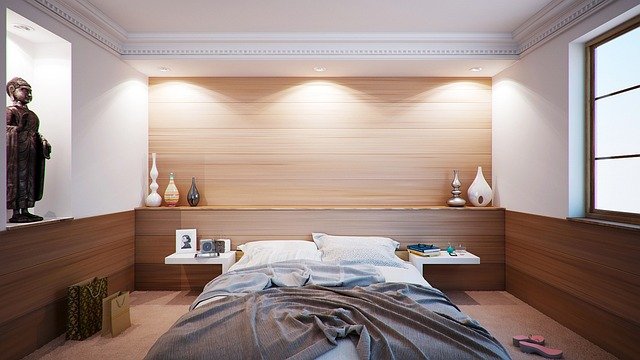Neuroaesthetics: The Science of Beauty in Home Design
In a world where interior design trends come and go, a fascinating new field is emerging at the intersection of neuroscience and aesthetics. Neuroaesthetics, the study of how our brains perceive and respond to beauty, is revolutionizing the way we approach home design. This cutting-edge discipline offers insights into why certain spaces resonate with us on a deeply emotional level, and how we can create environments that not only look stunning but also enhance our well-being.

In the context of home design, this means that certain visual elements can trigger positive neurological responses. For instance, studies have shown that symmetrical patterns and golden ratios often elicit feelings of pleasure and harmony. This explains why classical architectural proportions and balanced furniture arrangements continue to appeal to us, even as design trends evolve.
The Power of Sensory Integration in Interior Spaces
One of the key principles of neuroaesthetics is the importance of multisensory experiences. Our brains do not process visual information in isolation but integrate input from all our senses to create a holistic perception of space. Forward-thinking designers are now incorporating this knowledge into their work, creating immersive environments that engage multiple senses.
Consider the use of textured wallpapers that invite touch, the strategic placement of scent diffusers to evoke specific moods, or the careful acoustics of a room to promote relaxation or focus. By addressing the full spectrum of sensory experiences, designers can create spaces that feel more alive and emotionally resonant.
Biomorphic Forms and Nature-Inspired Design
Neuroaesthetic research has also highlighted our innate affinity for natural forms and patterns. This concept, known as biophilia, suggests that we have an inherent connection to nature that can be leveraged in interior design. Incorporating biomorphic forms—shapes and structures that mimic those found in nature—can create spaces that feel both dynamic and soothing.
From furniture with organic curves to lighting fixtures inspired by tree canopies, biomorphic design elements tap into our evolutionary preferences. These nature-inspired features can reduce stress, improve cognitive function, and enhance overall well-being, making them particularly valuable in home offices and relaxation spaces.
Color Psychology Through the Lens of Neuroscience
The impact of color on our emotions and behavior has long been a subject of interest in interior design. Neuroaesthetics provides a scientific framework for understanding these effects, revealing how different hues activate specific neural pathways and influence our physiological responses.
For example, research has shown that exposure to blue light can enhance alertness and cognitive performance, making it an excellent choice for home offices or study areas. Conversely, warm tones like reds and oranges can stimulate appetite and social interaction, making them ideal for dining rooms and entertainment spaces. By applying these insights, homeowners can create environments that support their desired activities and emotional states.
Personalization and Emotional Resonance
Perhaps one of the most intriguing aspects of neuroaesthetics in home design is the concept of personal aesthetic preferences. While certain design principles may have universal appeal, our individual experiences and memories play a significant role in shaping our aesthetic responses. This understanding has led to a growing emphasis on personalized design solutions that resonate on a deeper emotional level.
Designers are now incorporating elements of personal history, cultural background, and individual passions into their work. This might involve displaying meaningful artifacts, creating custom artwork based on cherished memories, or integrating textures and materials that evoke positive associations. By tapping into these personal connections, neuroaesthetically-informed design can create spaces that feel truly authentic and emotionally nurturing.
The Future of Neuroaesthetic Design
As research in neuroaesthetics continues to advance, we can expect to see even more innovative applications in home design. Virtual and augmented reality technologies may soon allow us to test and refine design choices based on real-time neurological feedback. Adaptive environments that respond to our emotional states and preferences could become a reality, creating homes that evolve with our needs and moods.
The integration of neuroaesthetics into home design represents a paradigm shift in how we think about creating beautiful and functional living spaces. By understanding the neural mechanisms behind our aesthetic experiences, we can craft environments that not only please the eye but also nourish the mind and soul. As this exciting field continues to grow, it promises to transform our homes into havens of well-being, creativity, and emotional resonance.





